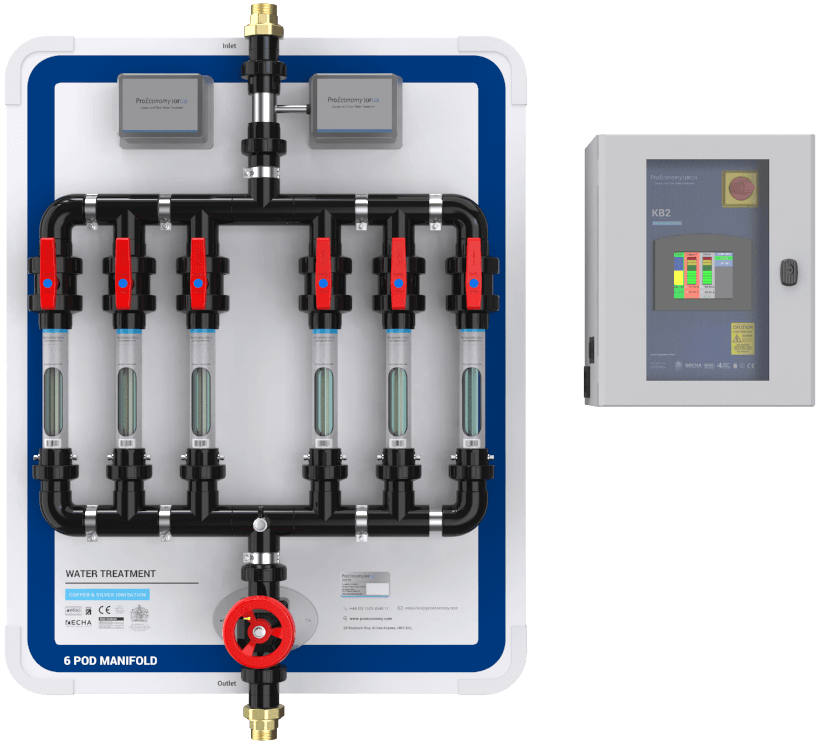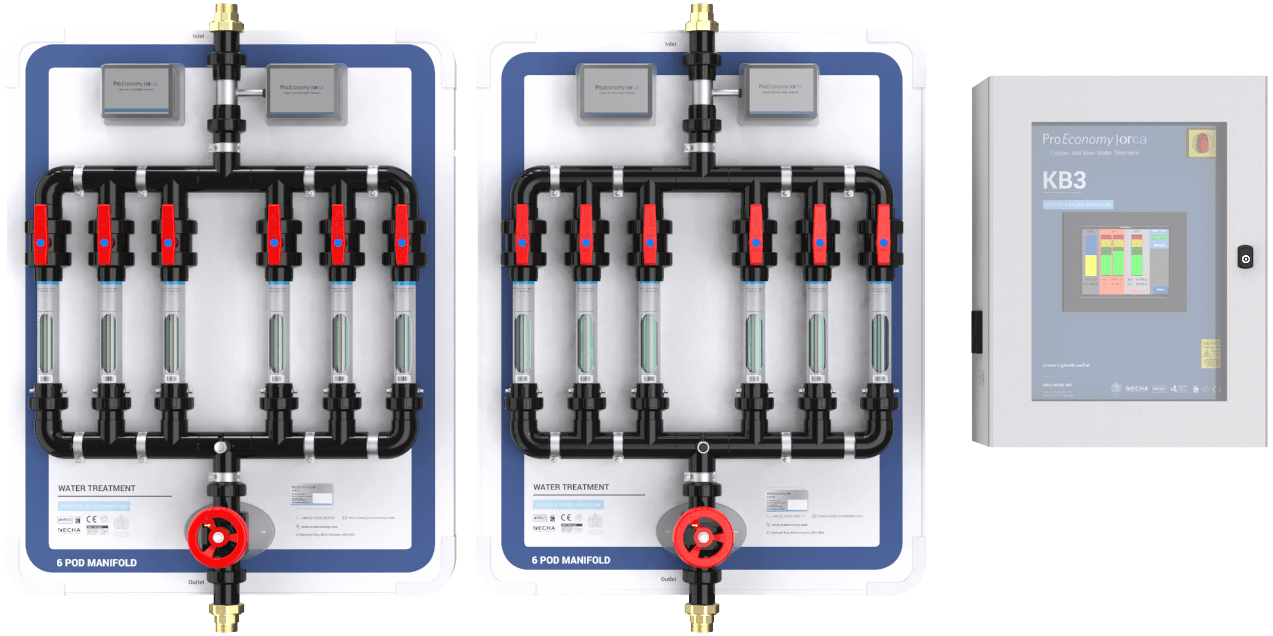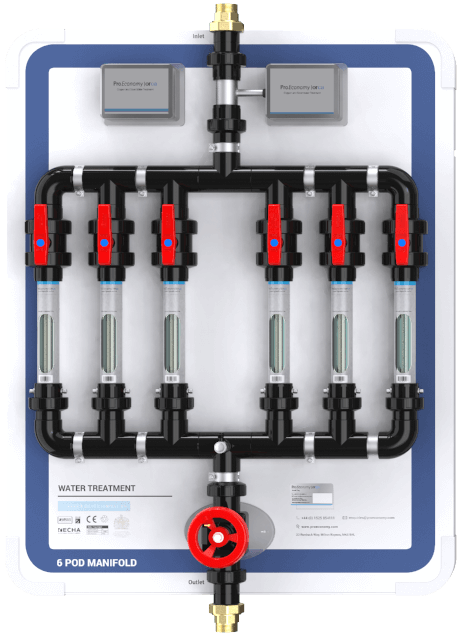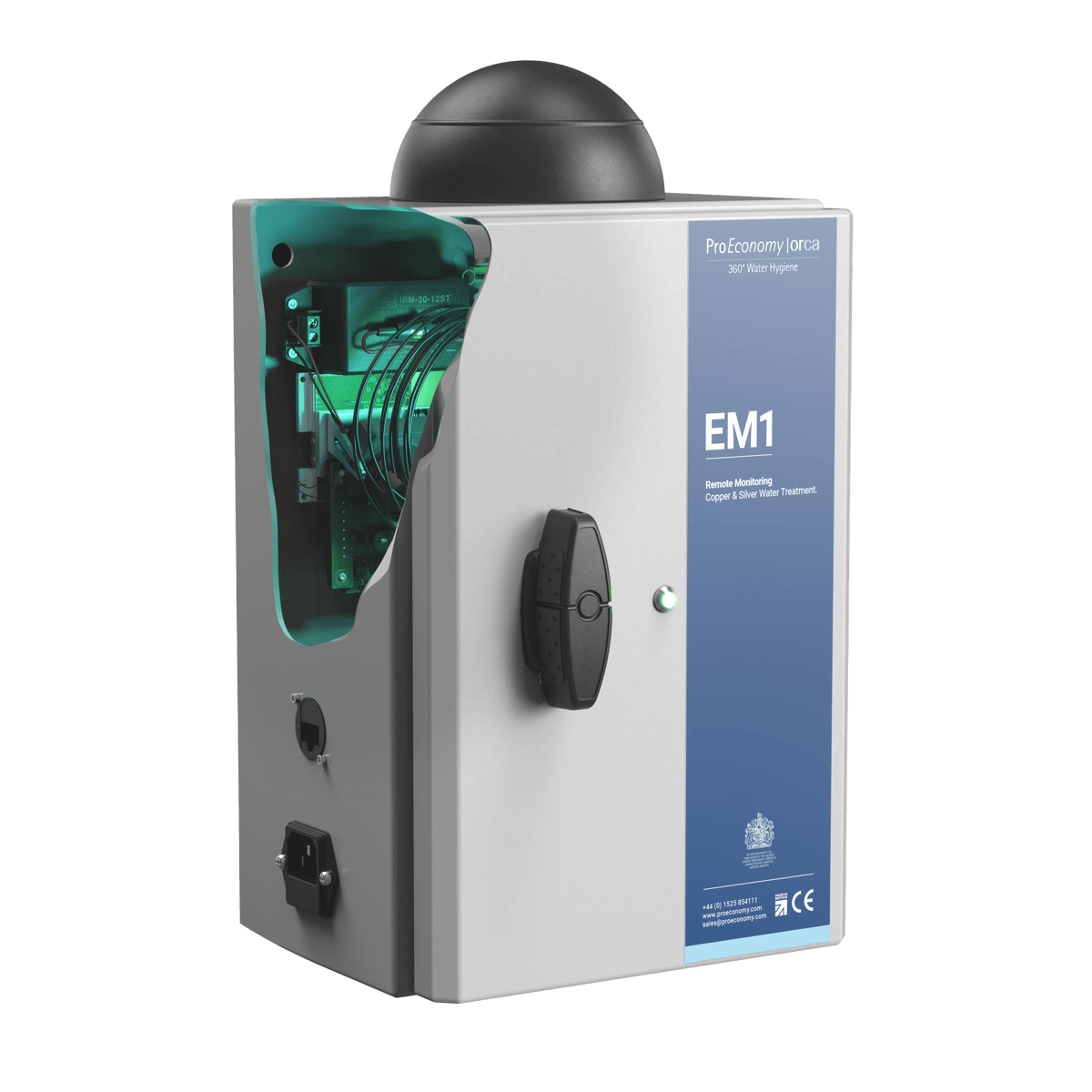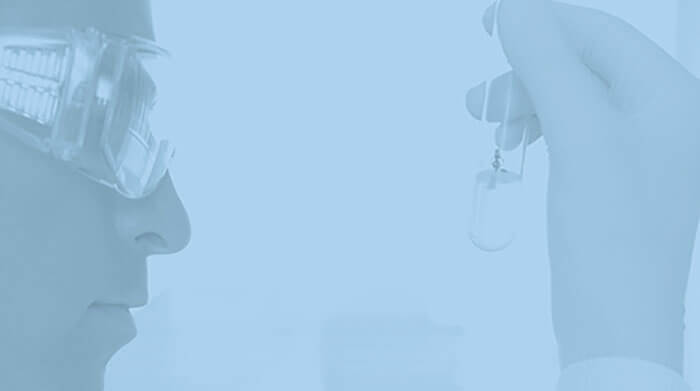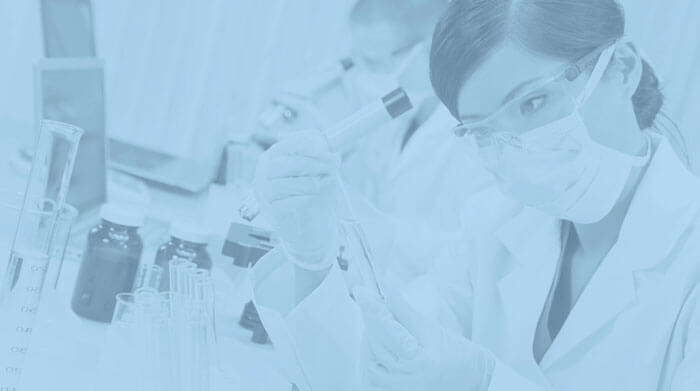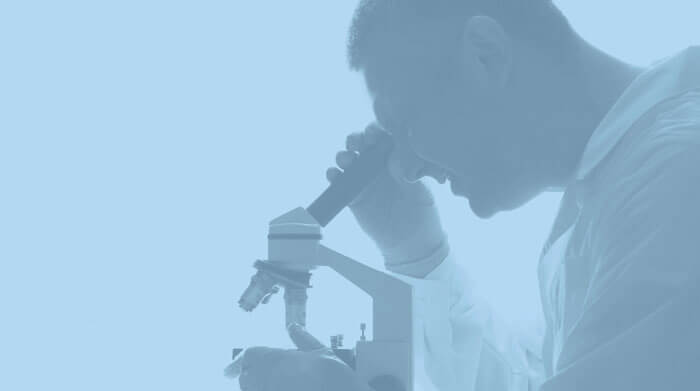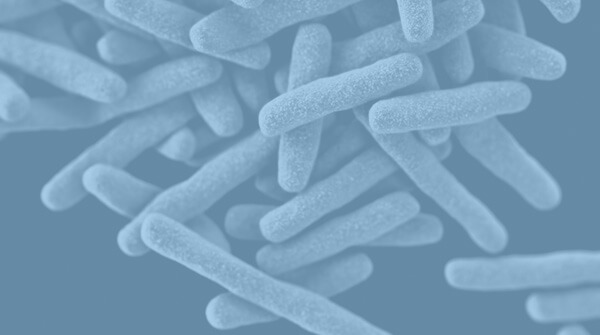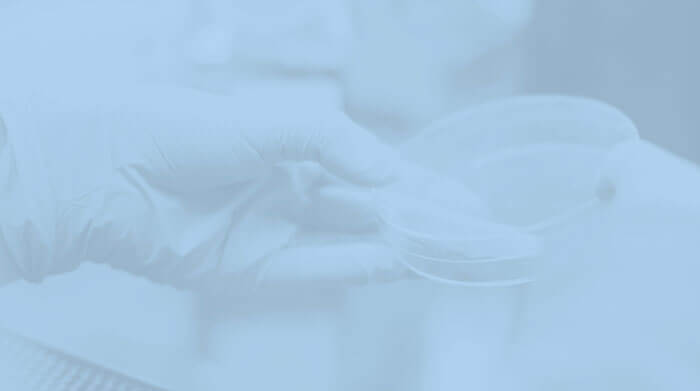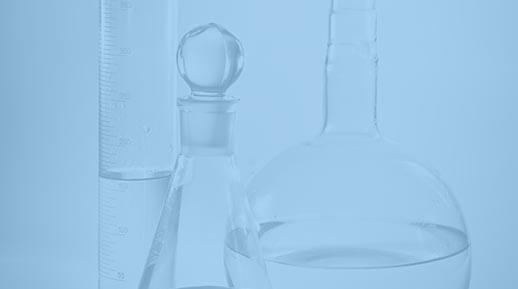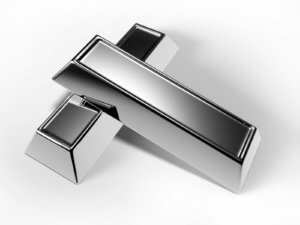 The Benefits Of Silver
The Benefits Of Silver
Silver is a precious metal and the benefits of silver are endless. Due to unique properties, such as high thermal and electrical conductivity, silver became very useful for industrial and electrical applications. Furthermore, properties such as malleability, lustre and being unreactive make it an attractive metal for uses such making jewelry, silverware and coins. Meanwhile, an article in Materials today reports that a study of metals in sediments in the Bolivian Andes showed the ancient Incas were extracting silver as far back as the 11th century.
Silver As A Biocide
More importantly, silver is known for its biocidal properties and its use in medicine dates back thousands of years. For example, the ancient Greeks used silver vessels on ships to purify water and preserve wine. The ancient Romans kept silver coins in drinking water to purify the water. Before antibiotics, hospitals used silver compounds as bactericides. Barillo and Marx (2014) present a history of silver in medicine from BC 335 to the present. This shows the earliest uses of silver for medicinal purposes. Presently, silver is in medical and consumer products such as dental fillings, wound dressings, clothing and household appliances.
Treating Water
The BBC news website have been reporting on the latest way of using silver as a biocide. The technology, which was developed over a few years by Dr Teri Dankovich, from Carnegie Mellon University in Pittsburgh, involves impregnating paper with nano silver. Following this, the paper is made into a book with information on why it’s important to treat water and instructions on how to use the pages of the book to treat water.
After reading the instructions, the user tear the pages and fashion a filter, which is placed onto a holder to filter natural waters from rivers, streams and wells, that often are contaminated with bacteria. However, after filtration the water is safe to use (here is an animation showing how it works). The active biocide is the silver ions released from the nano particles as these ions attach to and kill the bacteria in the water.
The Drinkable Book
The technology is aimed at communities in developing countries that still have no access to clean safe drinking water. Trials in 25 contaminated sites demonstrate the technique is effective at removing 99% of bacteria in water. According to tests, one page can clean up to 100 litres of water. Therefore, a book could filter one person’s water supply for four years! This makes it a promising, cheap technology. Link to the “drinkable book” video and to the BBC article.
Resistance To Silver
More recently, there have been worries about microorganisms building resistance to silver. However, most studies state there are no convincing evidence that resistance occurs. Personally, I think it is unlikely that microbes could build resistance to silver. Resistance happens due to mutation, which takes place when small changes occurs in the DNA. The bactericidal actions of the silver ion is caused by interactions with the ribosomes and subsequently suppression of the expression of enzymes and proteins essential to ATP production (Yamanaka et al.,2005). Therefore, there is no chance for mutation to occur, as the whole cell is deprived of its life support and dies, i.e. the DNA is destroyed.
Overall, whether it’s for bandages or water treatment the benefits of silver are extensive, making it a useful and interesting element.
References
Barillo, D.J.; Marx, D.E. (2014). Silver in medicine: A brief history BC 335 to present. Burns 40(Supp 1):S3-S8.
Ancient metallurgy: Metals and alloys. Research News. Metals Today. Nov 2013.
Yamanaka, M., Hara, K. and Kudo, J. (2005). Bactericidal actions of a silver ion solution on Escherichia coli, studied by energy-filtering transmission electron microscopy and proteomic analysis. Applied and Environmental Microbiology. 71(11):7589-7593.

